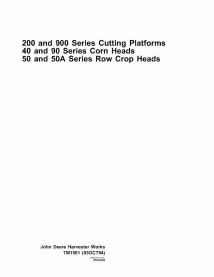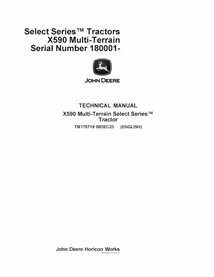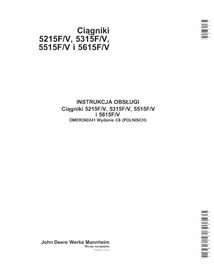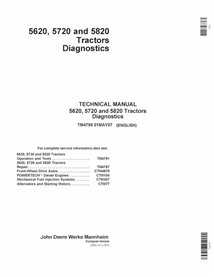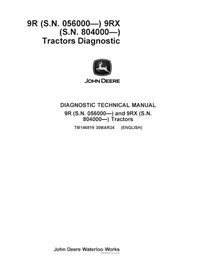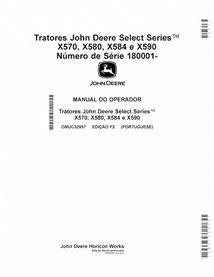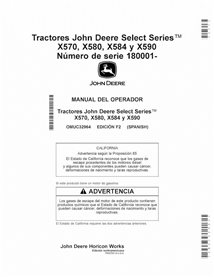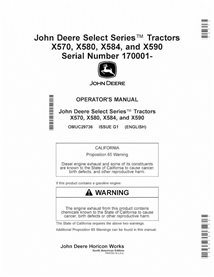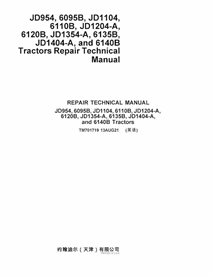Your cart
There are no more items in your cart
JOHN DEERE SERVICE, REPAIR AND OPERATOR'S MANUALS
Here you can find service, repair, operators, technical systems manuals for John Deere agriculture and construction machines: combines, harvesters, tractors, loaders, excavators, backhoes, movers and utility vehicles. PDF manuals previews available for free download. PDF documents are available instantly after payment.
